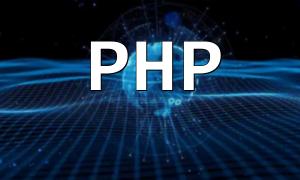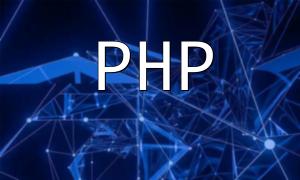PHP is a widely used server-side scripting language in web development. Setting up PHP on a Windows operating system, especially the older version PHP 5.2.17, can be a challenge for many developers. This article will provide a detailed walkthrough on how to install and configure PHP 5.2.17 on Windows, so you can proceed with your development work smoothly.
First, you need to download the Windows version of PHP 5.2.17 from the official website or a trusted source. After downloading, extract the compressed file to the directory where you want to install PHP, for example, C:\php.
To allow the system to recognize PHP commands, you need to configure the Windows environment variables. The steps are as follows:
The PHP configuration file is php.ini, located in the PHP installation directory. In the C:\php folder, locate the file named php.ini-development, copy it, and rename the copy to php.ini. Then open this file with a text editor (such as Notepad++), and you can adjust it according to the following example configuration:
extension_dir = "ext"
error_reporting = E_ALL & ~E_NOTICE
date.timezone = Asia/ShanghaiAfter making the changes, save and close the php.ini file.
After completing the PHP installation and configuration, you can test if PHP is working properly by creating a simple PHP script file. Create a file named test.php with the following content:
<?php
phpinfo();
?>Save this file into your web server’s root directory (such as C:\xampp\htdocs). Then, open a browser and navigate to http://localhost/test.php. If you see the PHP configuration information page, congratulations—PHP has been installed and configured successfully.
During the configuration of PHP 5.2.17, you might encounter common problems such as extension modules failing to load or configuration errors. You can enable or disable certain extensions by editing the php.ini file to resolve these issues.
With the detailed steps in this article, you should be able to complete the configuration of PHP 5.2.17 on Windows and start your PHP development work. If you encounter other problems, it is recommended to consult the PHP documentation or developer communities for further assistance. Happy coding!









